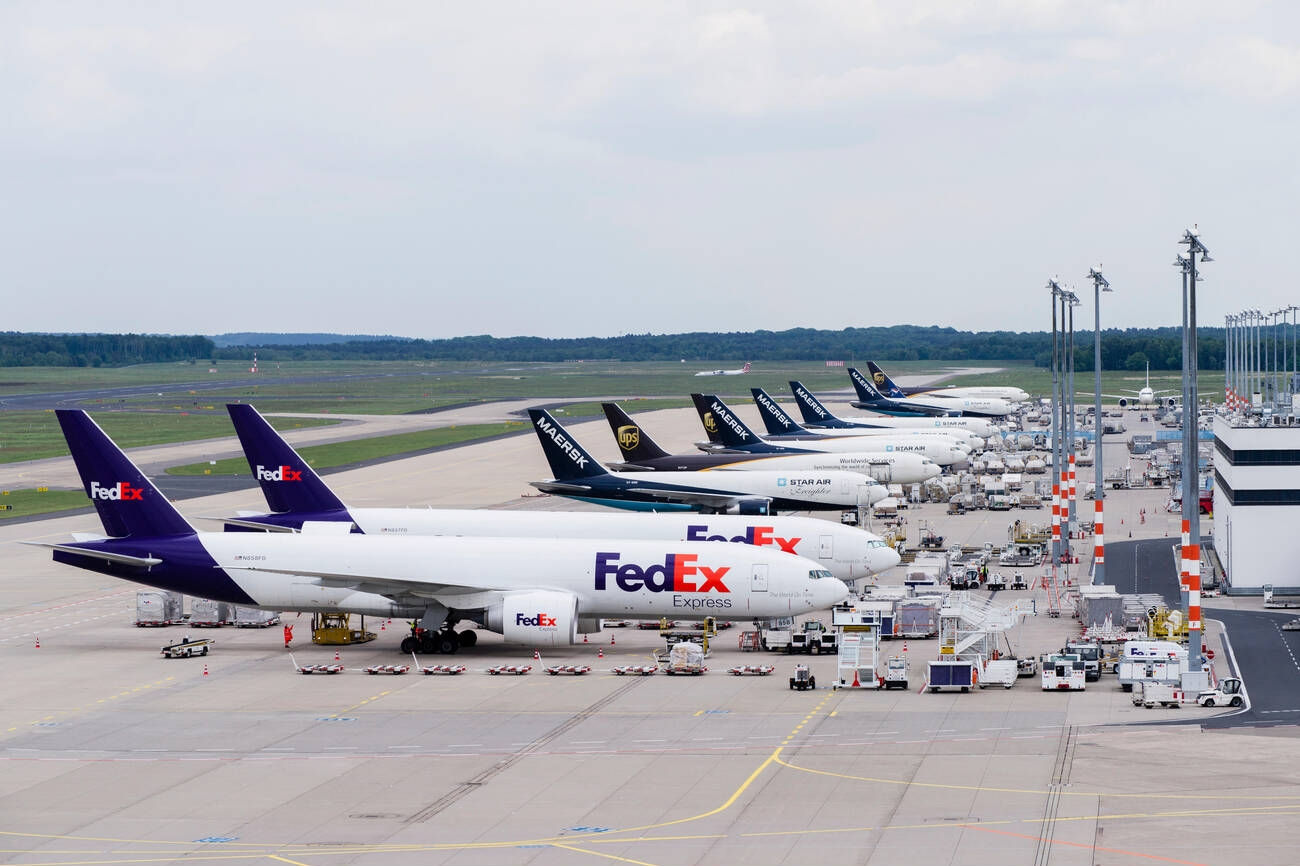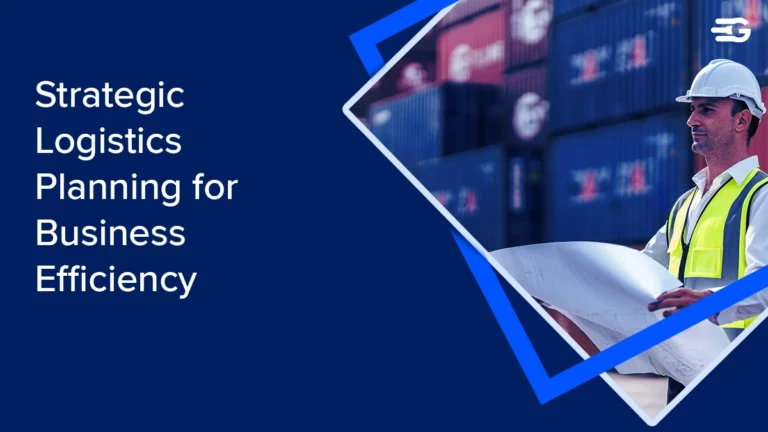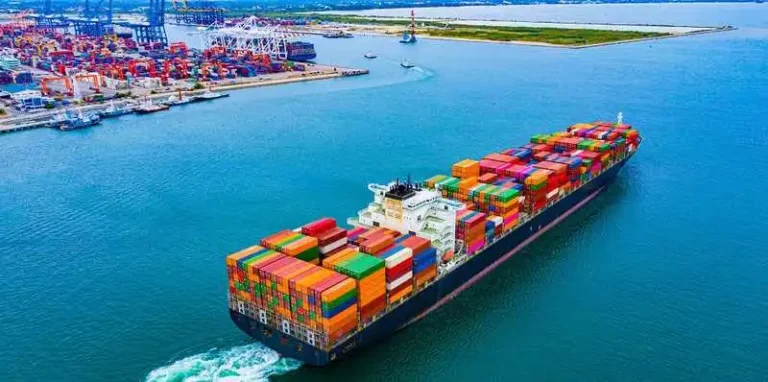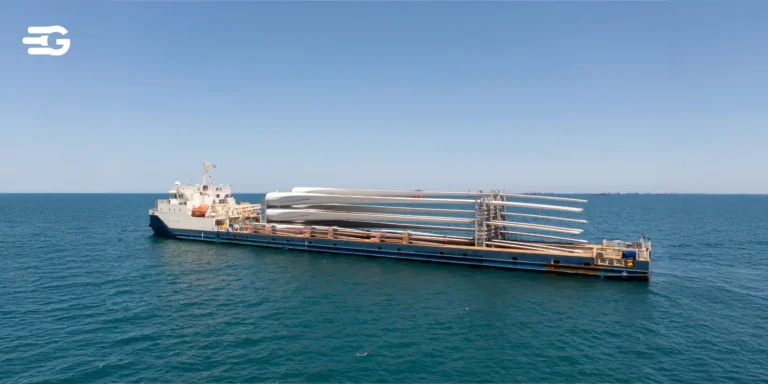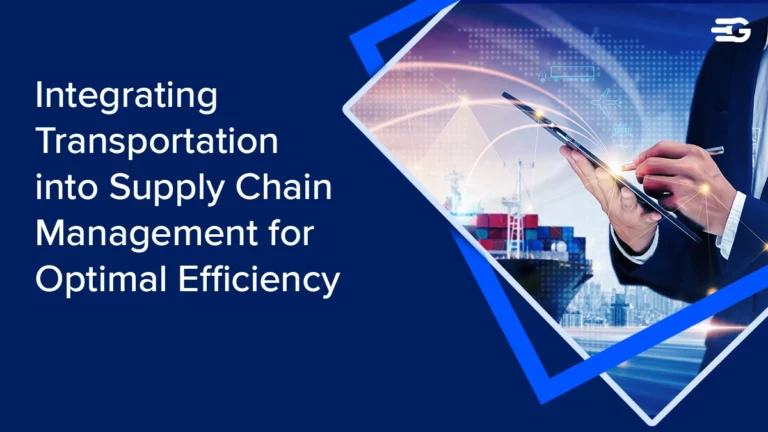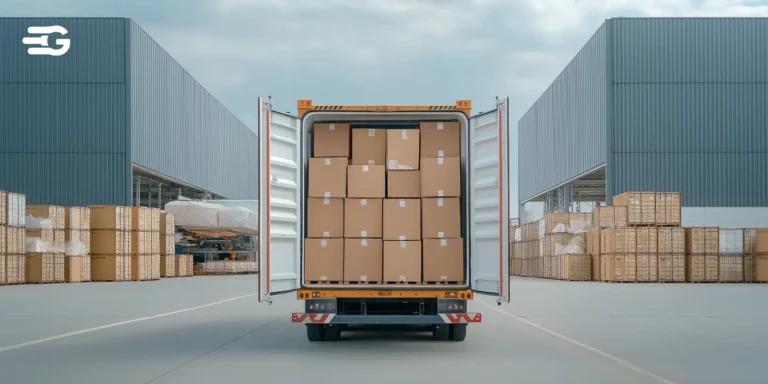The Critical Role of Cargo Aircraft in the Logistics Industry
The logistics sector is booming, with the global logistics market reaching $5.4 trillion in 2023, fuelled by instant gratification and global trade. And these cargo aircrafts play a crucial role in facilitating the swift movement of products across borders. These huge machines are vital to the global supply chain because they guarantee the prompt delivery of anything from sophisticated technology and consumer electronics to necessary medical supplies and perishable items.
Despite the fact that technology has transformed many facets of logistics, cargo aircrafts are still indispensable due to their capacity to quickly and effectively move heavy loads over great distances, frequently filling in gaps in geography that land-based transportation is unable to cover.
They function through an intricate system of specialized cargo hubs, facilitating the seamless connection of companies and customers worldwide. To fully appreciate the contribution cargo aircraft make to the efficient operation of the modern world, one must have a thorough understanding of the different types of cargo aircraft, their capabilities, and their integration with other forms of transportation.
The Evolution of Cargo Aircraft
The enormous freight aircrafts that soar through the skies these days are the result of decades of technological advancement and human resourcefulness. Examining the development of cargo aircrafts is not only a historical endeavour but also a voyage that reveals the astounding advancements that humanity has accomplished in the field of air cargo transportation. And by understanding the challenges faced in the past and the solutions implemented, we gain a deeper appreciation for the capabilities of modern cargo aircraft.
From Military to Commercial Use
The evolution of cargo aircraft is intertwined with the history of both warfare and commerce. While the early days saw repurposed military aircraft like the C-47 Skytrain serving commercial needs, a defining moment arrived with the Berlin Airlift (1948-49).
This humanitarian mission, which sent necessities to a blockaded West Berlin, demonstrated the enormous capability of freight aircraft during emergencies. The successful Airlift, which involved more than 2.3 million flights, established the use of cargo aircraft in humanitarian efforts and sparked the creation of specialized commercial freighters, such as the iconic Boeing 707.
In the second part of the 20th century, as trade between countries increased, so did the need for effective air cargo transportation. Eventually, purpose-built freighters with greater capacity and longer range replaced modified military aircraft.
These developments changed the face of logistics and made it possible for companies to transport goods across continents in a reliable and timely manner. Cargo aircraft still serve as the backbone of international trade today, enabling the smooth transportation of anything from manufactured goods to fresh produce and contributing significantly to both international collaboration and economic progress.
Types of Cargo Aircraft
Navigating the varied terrain of cargo aircraft can be a challenging endeavour in the constantly changing world of air freight transportation. Nonetheless, being aware of the different kinds and their special qualities enables organizations to make wise choices.
Every aircraft, from the massive beasts that fly over continents to the nimble workhorses that operate on local routes, has a unique set of benefits that meet certain cargo needs. Businesses can discover opportunities to streamline their logistics plans, guarantee timely delivery, and obtain a competitive advantage in the international market by exploring the world of cargo aircraft types.
Understanding Different Cargo Airplane Models
The global logistics industry relies heavily on a diverse fleet of cargo aircraft, each playing a vital role in transporting goods across continents and continents. Here’s a detailed exploration of some prominent cargo aircraft, delving into their unique capabilities and contributions to the efficient movement of cargo:
Boeing 747-400F
The Boeing 747-400F was in service from 1993 to 2002. It was a wide-body freighter based on the iconic passenger 747-400. For nearly a decade, it was a reliable choice, capable of carrying up to 124 tons of cargo over distances exceeding 4,300 nautical miles. The 747-400F excelled at handling long-haul cargo routes, especially for bulky goods and palletized cargo. It was valued for its spacious cabin and powerful engines, making it efficient for companies needing to transport cargo over long distances.
Airbus A300-600F
The Airbus A300-600F entered service in 2007, quickly establishing itself in the medium-haul cargo market. With a payload capacity of up to 70 tons and a range of 4,000 nautical miles, this twin-engine cargo aircraft met various cargo needs. Equipped with both main deck and side cargo doors, it efficiently handled palletized and containerized cargo, making it suitable for regional and intercontinental routes.
Antonov An-124
The Antonov An-124, built by the Soviet Union and still flying today, is famous as the world’s biggest military transport plane. It can carry up to 150 tons of cargo and fly for 4,800 nautical miles. This makes it perfect for moving large and heavy items like machinery, vehicles, and disaster relief supplies to faraway places.
Lockheed L-100 Hercules
The Lockheed L-100 Hercules, used from 1964 to 1992, was a reliable choice for both military and civilian cargo transport. It could carry 21.3 tons of cargo and fly for 2,500 nautical miles. Its ability to land on rough runways made it great for reaching remote areas.
McDonnell Douglas MD-11F
The McDonnell Douglas MD-11F, flying from 1995 to 2001, was a big, three-engine cargo plane that offered better performance and cost savings. It could carry 97.7 tons of cargo and fly for over 7,200 nautical miles. This made it perfect for medium-range cargo routes, focusing on saving fuel and covering long distances.
Ilyushin Il-76TD-90VD
The Ilyushin Il-76TD-90VD, an upgraded version of the Il-76 military transport plane from 1987, has better features. It has a modern glass cockpit and strong engines. It can carry 60 tons of cargo and fly up to 4,000 nautical miles. Its ability to land on short, unpaved runways makes it useful for military and humanitarian missions.
Boeing 747-8F
The Boeing 747-8F, launched in 2011, is the biggest commercial freighter available now. It can carry up to 134 tons of cargo and travel over 8,200 nautical miles. This makes it perfect for long-distance cargo transport, connecting continents efficiently.
Airbus A330-200F
The Airbus A330-200F, based on the A330 passenger plane, is a strong choice for medium-range cargo flights. It can carry 70 tons of cargo and fly up to 4,000 nautical miles. It’s fuel-efficient and flexible, suitable for different cargo types and routes.
Antonov An-225
The famous Antonov An-225, no longer flying since a tragic accident in 2022, was the heaviest aircraft ever. It could carry up to 640 tons of cargo and fly for 2,800 nautical miles. It played a vital role in moving oversized and super-heavy cargo during its time in operation.
To learn about air freight software for your business check out our blog on ‘Top 12 Air Freight Software of 2025.’
The Importance of Cargo Aircraft in Modern Logistics
For companies of all sizes, it is essential to understand the function of cargo aircraft and its relevance in contemporary logistics. These aircrafts are essential to the global supply chain because they give companies the reach, speed, and dependability they need to compete successfully and ship goods to clients all over the world.
Businesses can ensure the efficient and economical movement of goods and ultimately contribute to their success in the constantly changing world of international trade by investigating the various capabilities and strategic advantages provided by various cargo aircraft.
Keeping Commerce Afloat
Global trade depends on the efficient movement of goods in our interconnected globe. Logistics support the flow of trade through busy ports, networks of trucks, and train systems. Frequently disregarded, cargo aircraft are essential to this system. They guarantee prompt delivery of everything, including medical supplies and daily necessities.
Quick Deliveries: Quick deliveries are expected in e-commerce. These expectations are met in part by cargo aircraft, which move cargo across large distances fast. This makes it possible for companies to satisfy clients and meet deadlines.
Crossing Boundaries: Cargo aircraft facilitate international trade by linking isolated locations. This promotes the expansion of firms into international markets. They bridge geographical gaps to facilitate smooth trade worldwide by transporting commodities like fresh seafood from far-off regions to essential car parts.
Managing Huge Loads: Large machinery and medical equipment are examples of the excessive loads that cargo aircraft manage. For jobs like delivering wind turbine blades or supporting disaster relief activities, they are essential. They are perfect for moving essential commodities because they can land at specific airports.
More Than Just Speed: Supply chain flexibility and control are provided by cargo aircraft. Businesses can cut expenses and streamline manufacturing by airlifting goods just in time. They are essential in humanitarian missions as well, carrying aid to remote locations.
Technological Advancements in Cargo Aircraft
Staying ahead in today’s competitive business environment requires embracing innovation in every aspect of operations. This idea also applies to the crucial field of logistics, where grasping and utilizing technology breakthroughs can provide major benefits. The cargo aircraft industry is seeing a wave of exciting technology developments at the same time that businesses are aggressively searching for new technologies to optimize their internal processes. Businesses must investigate these developments if they want to make sure they stay competitive in a world where freight transportation is becoming more and more important.
Innovations Shaping the Future
Cargo aircraft are part of a larger global logistics revolution that is currently underway. Future air cargo is being reshaped by a surge of technical developments as firms seek transportation alternatives that are faster, more efficient, and sustainable. Some of the fascinating new ideas that are becoming reality include:
Fuel Efficiency: The environmental impact of air freight is one of the main problems. Fortunately, fuel consumption is being comparatively reduced as a result of advances in engine technology. Engines with new designs that use lightweight composites and improved aerodynamics could have up to a 20% increase in fuel efficiency. Furthermore, investigating substitute fuels like biofuels and sustainable aviation fuel (SAF) provide a viable route to a more environmentally friendly freight aviation in the future.
The Rise of Automation: The operations of cargo aircraft are among the many industries that automation is quickly changing. Science fiction is no longer when it comes to the idea of autonomous cargo aircraft, where computer systems manage takeoff, flying, and landing without requiring human participation.
By lowering pilot fatigue and human error, these autonomous technologies can greatly increase operational efficiency and result in safer and more dependable flights. Although fully autonomous cargo aircraft are still in the early phases of development, they have the potential to completely transform air cargo transportation, especially for lengthy flights.
Data-Driven Operations: Cargo management is changing as a result of the combination of big data and real-time analytics. Sensor and advanced tracking technologies offer a multitude of information on cargo conditions, aircraft performance, and logistical bottlenecks.
Businesses are able to forecast possible delays, enhance maintenance schedules, and optimize flight trajectories by utilizing this data. A more proactive and effective administration of cargo operations is made possible by this data-driven strategy, which guarantees on-time delivery and reduces interruptions.
Advanced Materials and Design: Cutting-edge materials and design concepts are key to the development of cargo aircraft in the future. The usage of composite materials, which are renowned for being strong and lightweight, in aircraft construction is growing. This improves durability and corrosion resistance in addition to lowering overall weight and increasing fuel efficiency. Further improving aircraft performance and range are developments in aerodynamic design, such as the application of winglets and active flow control systems.
Emerging Technologies on the Horizon: There are even more fascinating possibilities for cargo aircraft in the future, beyond these current developments. Ideas like hypersonic freight jets that might drastically cut trip times and electric vertical takeoff and landing (eVTOL) aircraft that can make effective short-haul deliveries are being intensively investigated. Even while these developments are still in their infancy, they have the potential to completely transform the logistics industry and bring in a new era of quicker, cleaner, and more effective air cargo delivery.
Cutting edge technology is about to unleash a massive shift in the cargo aircraft industry. Businesses may take advantage of a future of economical, ecological, and efficient goods transportation by adopting these innovations, assuring their competitiveness and success in a world market that is changing quickly.
